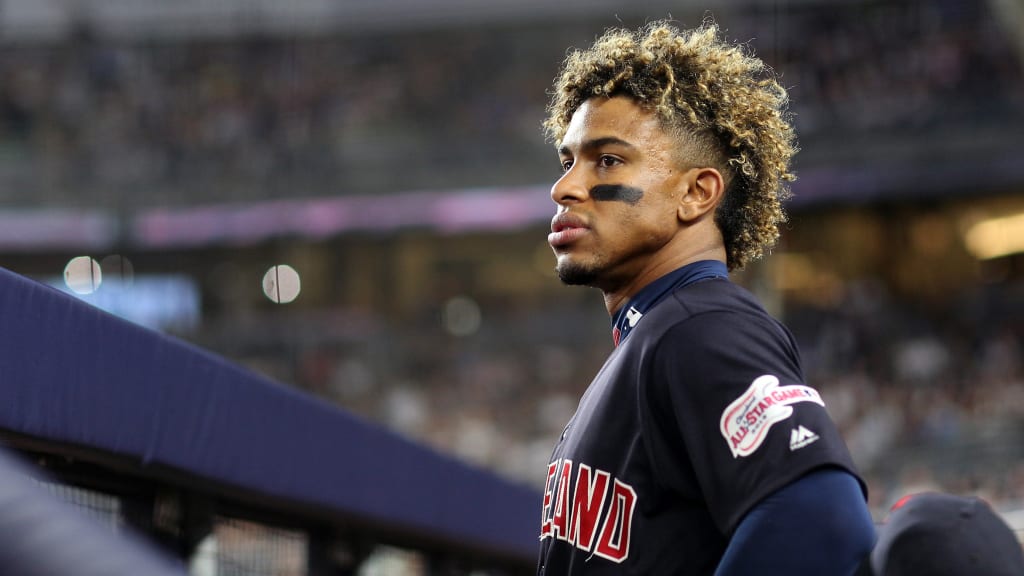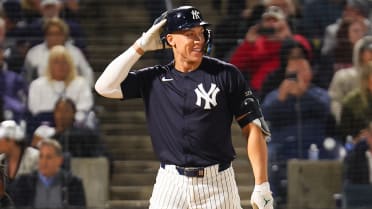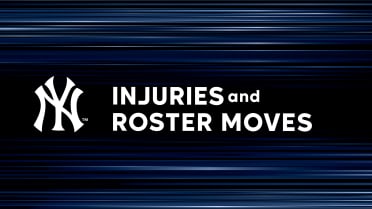With Meetings over, what's Lindor's fate?

SAN DIEGO -- First came Stephen Strasburg, then Gerrit Cole and then Anthony Rendon. Plenty of big names made headlines at this year's Winter Meetings, but the Indians' superstar was not one of them.
We knew Francisco Lindor was going to be rumored throughout the duration of baseball's four-day stay in Southern California, but it was unknown whether the close quarters shared by team executives would help a deal to transpire. Though it appears that the Dodgers remain the front-runner if -- and it's still a big "if" -- the Tribe decides to part ways with Lindor, a deal has yet to be made.
The end of the Winter Meetings is certainly not the end of the offseason. The Indians' front office will continue to listen to offers on Lindor and any of their young starters to help fill the vacancies in their roster heading into next season.
BIGGEST REMAINING NEEDS
1. Second base: The hole at second base hasn't gotten any less glaring. The Indians have a handful of internal options to choose from, however a better replacement for Jason Kipnis could be found in a trade. Now that the Indians clarified that the preference is to leave José Ramírez at third base if they can, there is less of a mystery as to whether they will attempt to add at third or second.
2. Relief pitching: Cleveland needs to bring in at least one decent arm to the bullpen this offseason. The club lost Tyler Clippard to free agency and designated Nick Goody for assignment. It's a possibility that the Tribe will re-sign Clippard for 2020, but it still could use some more relief help.
3. Outfield: The outfield isn't as pressing to address as the first two areas of need, but that doesn't mean the Indians couldn't use some extra pieces. Beyond Oscar Mercado in center field, nothing is set in stone for Cleveland, which has Jake Bauers, Greg Allen, Jordan Luplow and Franmil Reyes currently to choose from for the corners. Eventually, Tyler Naquin will make his way back after undergoing ACL surgery in September -- he's looking at an April-June return -- and Daniel Johnson could get the call up to the big leagues at some point this year. But if the Tribe can pick up another solid outfielder, that opportunity shouldn't be missed.
RULE 5 DRAFT
The Indians entered Thursday afternoon with a full 40-man roster, which prevented the club from having the ability to make a selection in the Major League phase of the Rule 5 Draft. But the Tribe was able to escape without losing any of its unprotected talent like Ka'ai Tom, Luis Oviedo, Cam Hill or Oscar Gonzalez.
While the Major League phase was quiet for Cleveland, it was more active in the Minor League portion, when the Tribe selected two pitchers and lost three of its young prospects. In the first round, the Indians selected left-hander Danny Young from the Blue Jays' Double-A affiliate and picked RHP Jhon Peluffo from the Orioles' Class A squad in the second round.
Young, 25, pitched to a 1.79 ERA in 29 appearances in Double-A in 2019, but he struggled in his brief stint at the Triple-A level in August, allowing seven runs in 8 2/3 innings (7.27 ERA). With Class A Delmarva, Peluffo, 22, posted a 2.78 ERA with 55 strikeouts in 58 1/3 innings while holding opponents to a .179 average.
"We just figured [Young] had the raw tools of the type of player that we like," Indians director of player development James Harris said. "And he's left-handed, so we're interested to see what we have. … Peluffo is a younger guy that also showed some characteristics that we like. … Being able to bring him in and make some slight adjustments to him, we think we might have someone."
In the Minor League phase, the Indians lost outfielder Cristopher Cespedes to the Orioles, catcher Jose Colina to the A's and second baseman Wilbis Santiago to the Orioles as well.
GM'S BOTTOM LINE
The Indians have a set value for each of their players. If a Lindor trade happens over the offseason while he still has two years of control remaining, they will have a specific idea of what they want in return. (Spoiler alert: it'll be a lot.)
"We have these decision points where teams come at us asking for our players. We have a ton of information that we gather," Indians general manager Mike Chernoff said. "We get our group together and we try to look at it from a lot of different angles and make a determination of, 'What's the player return we would need back to have it make sense to trade a player?' We like all of our guys, so it's not like we want to trade anybody. It's more a matter of what would compel us, either Major League fit or future value, to potentially move a guy.
"Service time is a huge factor, yeah. Just because the amount of time you have a guy in your system is a huge factor, obviously. You can always potentially do an extension on a guy and it's obviously a different equation on a Minor League player versus a Major League player, but we are looking to compete now and into the future, so as guys approach free agency, the into-the-future part of it doesn't factor in as much."
Mandy Bell covers the Guardians for MLB.com. Listen to her on the Ballpark Dimensions podcast with Sarah Langs.




